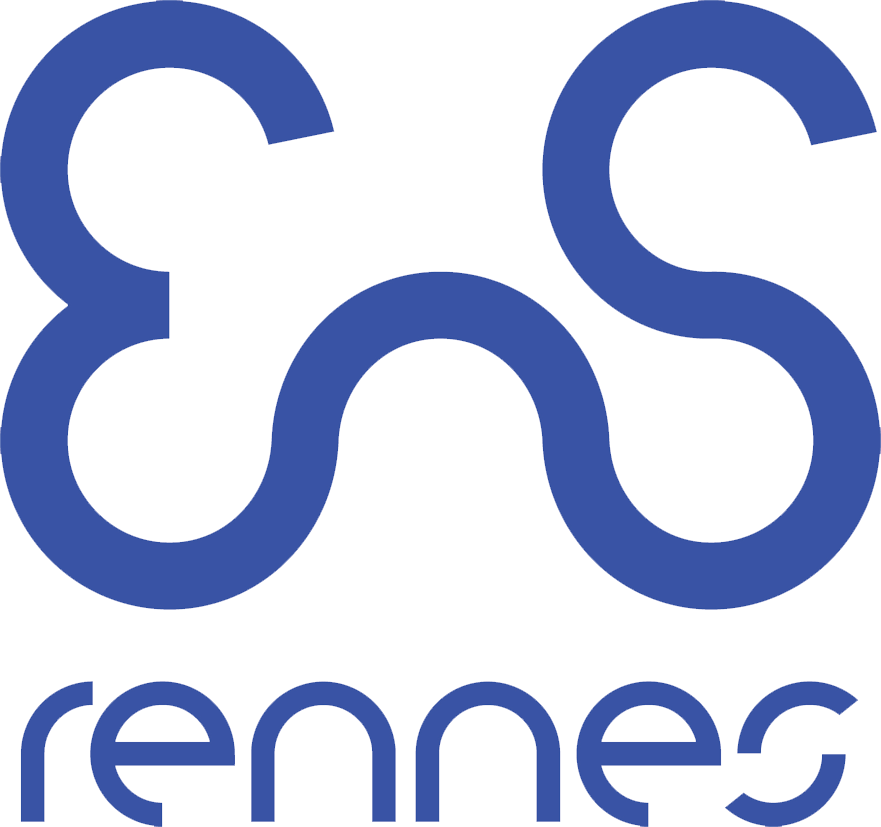Efficient motion analysis and virtual reality methods for preventive and corrective ergonomics
Résumé
The need of prevention and occurrence reduction of work related musculoskeletal disorders is the icing on the cake of all consensual debates about well-being and health at work. Since this is a major issue in our modern societies, there is a need of adapted tools and methods to be developed to prevent such diseases systematically in many work sectors (industrial plants, office work,...), particularly in analyzing the most prevalent risk factors that are the physical ones (strenuous tasks, repetitions, vibrations,...). My research is focused on this idea, by democratizing the use of advanced assessment methods for ergonomics in two specific fields:
- Efficient musculoskeletal analysis for ergonomics: musculoskeletal analysis is an advanced way to analyse the human motion at a biomechanical level, providing in particular muscle forces involved in a given task to an ergonomist in charge of a diagnosis. To achieve a widespread use of such methods for ergonomics, there are several issues that still need to be solved: first, the computation time has to be decreased to enable analysis in almost real time. second, scaling of the models to the subjects is still a large source of error in such analyses. Third, the experimental setups able to achieve accurate musculoskeletal analysis are still expensive and difficult to use out of the lab. Therefore, my research in this field focuses on these three issues, following the idea of democratization of such tools for ergonomics analysis. This also led to the development of multiple methods in a unique open-source software called CusToM.
- Efficient virtual reality for ergonomics: analysing the workstations during their design is a promising way to prevent musculoskeletal disorders appearance.Virtual reality seems to be a relevant tool to be used in this case. However, there is a lack of reliability of the conclusions made in a virtual environment with regard with the real world. Moreover, such a specific application need the development of dedicated modes and metaphors of interaction between multiple actors (end-users, ergonomists, designers). My research in this field consists in assessing the biomechanical fidelity of such environments for ergonomics purposes, and to propose to efficient tools and metaphors enabling collaborative ergonomic design sessions in such environments.
Origine : Fichiers produits par l'(les) auteur(s)
Loading...
